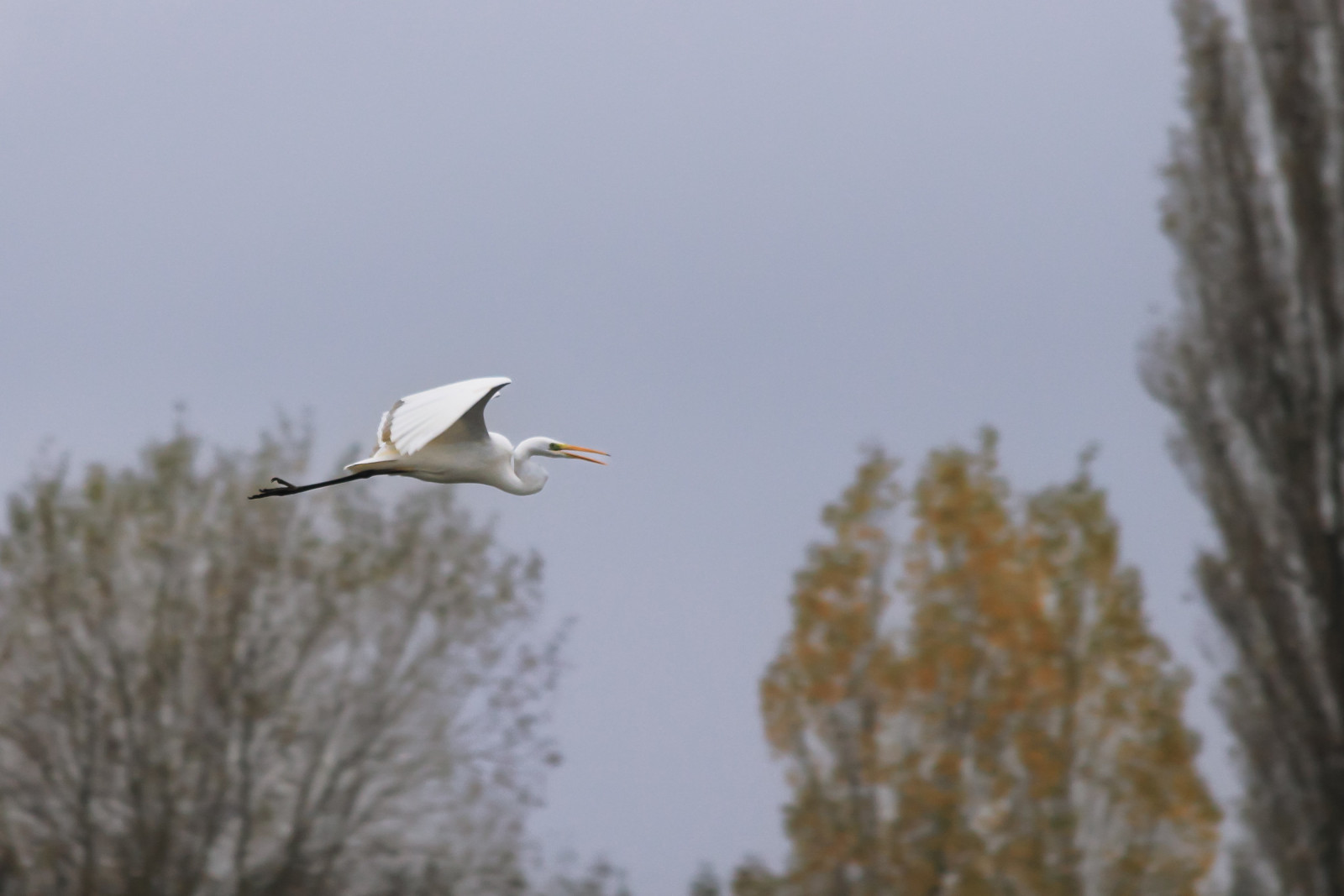Description
The Noordpolder is located at the foot of the Brabantse Wal. A surprisingly rich bird area. A landscape with shallow ponds, reed beds, ditches, shrubbery, small-scale fields and pollard willows. This old polder area is unique because of the transitions between high and low, dry and wet, sand and clay. From the high embankment, water is pushed underground to the low polder, where it comes to the surface as seepage water. As a result, the Noordpolder was always very swampy. Due to various measures that have been taken, the iron-rich water flows away less quickly. The approximately 6,000-year-old water thus creates flower-rich grasslands and reed beds. The reed beds and bushes are bursting with songbirds in spring. Breeding in the pollard willows are Kirkeugle and the moist meadows and shallow pools serve as a stopping place for geese, meadow birds and waders. Among the birds you can see are Blå Kærhøg, Rørhøg, Skestork, Vandrikse, Dobbeltbekkasin, Hvidklire, Rødben, Sortklire, Sivsanger, Rørsanger, Kærsanger, Rørspurv, Blåhals, Gulbug, Gøg, Skeand, Atlingand and Gul Vipstjert.
_________________________
Nederlands: Aan de voet van de Brabantse Wal ligt de Noordpolder. Een mooie kleinschalige polder van 128 hectare ten noordwesten van Ossendrecht. Vooral in het voorjaar is het hier heerlijk vogels kijken in dit verrassend rijke vogelgebied. Een landschap met plassen, rietkragen, sloten, struweel, kleinschalige akkers en knotwilgen. Dit oude poldergebied is uniek door de overgangen tussen hoog en laag, droog en nat, zand en klei. Vanuit de hoge wal wordt water ondergronds opgestuwd naar de lage polder, waar het als kwelwater aan de oppervlakte komt. De Noordpolder was hierdoor altijd erg drassig. Door verschillende maatregelen die zijn genomen stroomt het ijzerrijke water minder snel weg. Het circa zesduizend jaar oude water zorgt zo voor het ontstaan van bloemrijke graslanden en rietkragen. De rietkragen en het struweel zitten in het voorjaar barstensvol met zangvogels. In de knotwilgen broeden Kirkeugle en de vochtige weilanden en ondiepe plassen dienen als pleisterplaats voor ganzen, weidevogels en steltlopers. Onder de vogels die je er nog meer kunt zien zijn Blå Kærhøg, Rørhøg, Skestork, Vandrikse, Dobbeltbekkasin, Hvidklire, Rødben, Sortklire, Sivsanger, Rørsanger, Kærsanger, Rørspurv, Blåhals, Gulbug, Gøg, Skeand, Atlingand en Gul Vipstjert.
Details
Access
The area can be explored well with a 5 km circular walk (see the map).
_________________________
Nederlands: Het gebied is met een rondwandeling van 5 km mooi te verkennen (zie de kaart).



